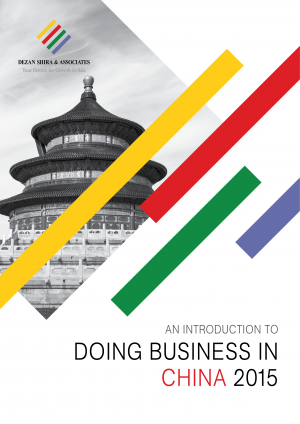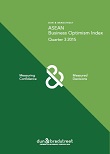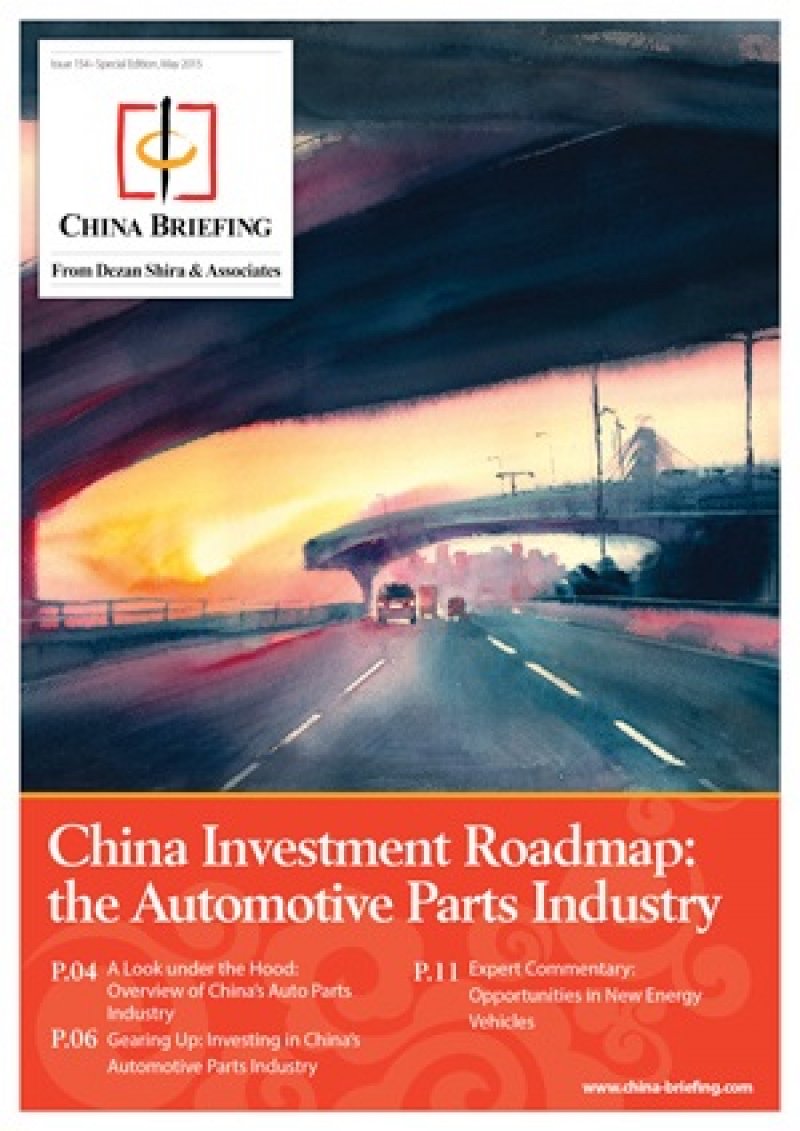ASEAN looks to Upgrade FTA with China, Japan, South Korea by 2015
ASEAN’s existing free-trade agreements (FTAs) with China, Japan and South Korea will be “upgraded” before the end of the year, according to International Trade and Industry Minister Datuk Seri Mustapa Mohamed.
Trade ministers from each of the ten ASEAN member countries recently held high level talks with China, Japan and South Korea discussing these upgrades, which will include further reduction of tariffs and increased goods, services, investment and customs procedures. These revised FTAs will also aim to help ASEAN reach its 2020 trade target with China of US$1 trillion.
China-ASEAN Trade
China is the world’s largest exporter – exports from the Middle Kingdom last year totaled over US$2.2 trillion dollars, only slightly less than ASEAN’s total GDP of US $2.3 trillion. Despite this sizable advantage, China is still ASEAN’s largest trade partner: in 2014 alone, China’s trade with ASEAN accounted for over US$360 billion.
China’s trade with ASEAN has also remained remarkably resilient over the years, despite various political and territorial disputes. ASEAN has taken a healthy, pragmatic approach to its economic relationship with China, which has strongly benefited both regions over the past decade. In 2003, China’s trade with ASEAN amounted to only US$60 billion; this has increased each year for the past ten years to last year’s total of US$360 billion.
![]() RELATED: Assessing Foreign Investment Prospects in ASEAN
RELATED: Assessing Foreign Investment Prospects in ASEAN
China is also heavily invested in ASEAN. Over the last three years, China has been the third largest investor in ASEAN, totaling US$22 billion. Only Japan and the United States topped this amount during the same time period.
In recent months, China has also made several moves in an effort to boost exports and stabilize its transitioning economy. ASEAN has played an important role in supplementing foreign investment into the region amidst this transition. Dun & Bradstreet’s Business Optimism Index, a leading economic indicator projecting business optimism, highlights in particular the boost that many sectors in ASEAN have seen from this foreign investment. However, these upcoming enhancements to China and ASEAN’s existing FTA portray the close economic ties and mutual support shown between these two regions – a promising sign for investors as China’s once bursting economy cools.
China-ASEAN FTA
China’s existing FTA area with ASEAN, also known as the ASEAN-China Free Trade AREA (ACTFA), was initially signed on 4 November 2002 and came into effect seven years later on 1 January 2010. China’s existing FTA with ASEAN provides extensive coverage on products: the FTA introduced reduced tariffs on almost 8,000 product categories or 90 percent of imported goods to zero.
The ASEAN Economic Ministers Consultation hopes to finalize these changes to the existing FTAs before the next ASEAN Summit in November.
|
The ASEAN Business Optimism Index, released every quarter by Dun & Bradstreet, is considered a leading economic indicator for turning points in business activity and measuring business sentiment. The Index captures business expectations for the quarter ahead based on six parameters: sales volume, net profit, selling price, new orders, inventory, and employment. Sampling in the Index represents key business sectors including manufacturing, construction, wholesale, transportation, services, finance, mining and agriculture, according to their GDP contribution in each nation. The ASEAN Business Optimism Index for Q3 2015 is out now and available as a complimentary download in the Asia Briefing Bookstore. |
![]()
 An Introduction to Doing Business in China 2015
An Introduction to Doing Business in China 2015
Doing Business in China 2015 is designed to introduce the fundamentals of investing in China. Compiled by the professionals at Dezan Shira & Associates, this comprehensive guide is ideal not only for businesses looking to enter the Chinese market, but also for companies that already have a presence here and want to keep up-to-date with the most recent and relevant policy changes.
China Investment Roadmap: the Automotive Parts Industry
This issue of China Briefing presents a roadmap for investing in China’s automotive industry. We begin by providing an overview of the industry, and then take a comprehensive look at key foreign investment considerations, including investment restrictions, tax incentives and manufacturing requirements. Finally, we discuss foreign investment opportunities in a part of the industry that receives substantial government support: new energy vehicles.
 Adapting Your China WFOE to Service China’s Consumers
Adapting Your China WFOE to Service China’s Consumers
In this issue of China Briefing Magazine, we look at the challenges posed to manufacturers amidst China’s rising labor costs and stricter environmental regulations. Manufacturing WFOEs in China should adapt by expanding their business scope to include distribution and determine suitable supply chain solutions. In this regard, we will take a look at the opportunities in China’s domestic consumer market and forecast the sectors that are set to boom in the coming years.
- Previous Article Venezuelan President’s Visit to China Indicative of Growing Sino-Latin American Trade and Opportunities
- Next Article China’s Silk Road Economic Belt – New Issue of China Briefing Magazine











